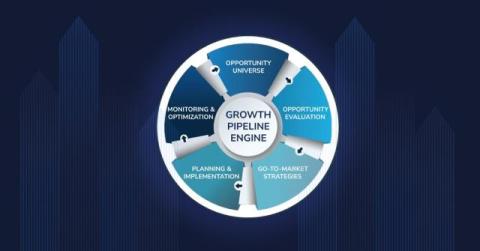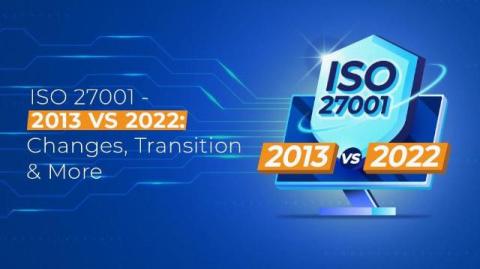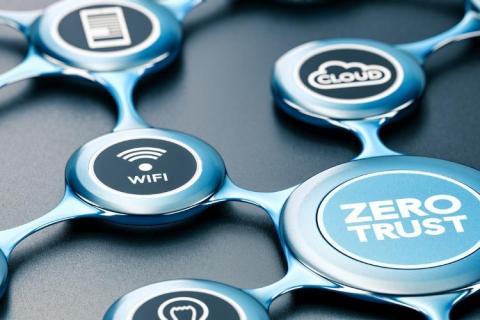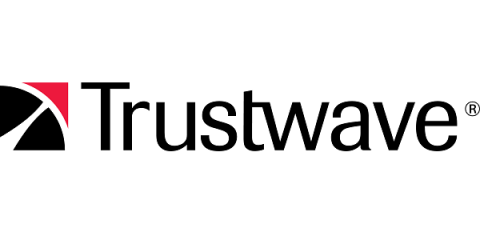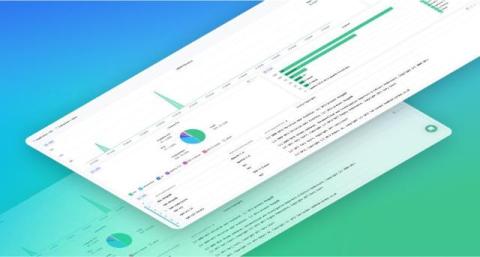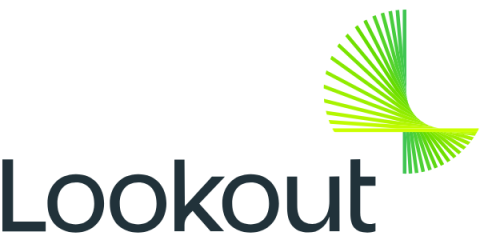Security | Threat Detection | Cyberattacks | DevSecOps | Compliance
opsdemon
Latest posts
Nucleus Security Positioned as a Growth Leader in Frost Radar: Application Security Posture Management, 2024
In September 2024, Frost & Sullivan released its Frost Radar: Application Security Posture Management (ASPM), 2024, highlighting the leaders in this rapidly growing market. We’re proud to be recognized as a top player, reflecting our strong growth and impact in the ASPM space. Our customers use Nucleus to achieve a comprehensive and unified application security posture.
ISO 27001 - 2013 vs 2022: Changes, Transition & More
Information and digital security frameworks like FedRAMP, CMMC, and ISO 27001 are not static documents. They provide a static framework for your business to comply with and achieve, but that framework is only valid for so long. Several different forces are in play to ensure that the stipulations and security measures outlined in these frameworks remain valid over time.
Building Zero Trust Security: A Full Implementation Roadmap for Businesses
Today's digital is fast-moving, and businesses face many security threats. Hackers are constantly trying to steal data, with companies often overlooking internal weak spots. The traditional ways of protecting business systems and data don't work anymore. That's where Zero Trust Security comes into play-a fresh approach that says, "Don't trust anything or anyone, unless you can verify they're safe.".
Patient Data Security in Healthcare Marketing: A Critical Necessity
Nowadays, patient engagement through online tools forms an important part of healthcare marketing. The use of digital channels to reach out to patients requires that patient data security be considered with the seriousness it deserves. Healthcare providers have access to critical personal information. Hence, protecting this data is a basic tenet that goes beyond just being a legal requirement. More so because trust between them and their patients has to be cemented.
How Microsoft E5 Security Helps Protect Healthcare and Patient Data
In the healthcare industry, safeguarding patient data is not just a regulatory requirement but a moral imperative. With the increasing digitization of health records and the rise in cyber threats, healthcare organizations need robust security solutions. Microsoft E5 offers a comprehensive suite of security features designed to protect sensitive healthcare data. Coupled with Trustwave’s Microsoft expertise, organizations can get the most out of their E5 investments.
Track SBOM Compliance with Coralogix
A Software Bill of Materials (SBOM) is essentially an inventory of the components used to build a software artifact, such as an application. While the concept of tracking an application’s components is not new, its importance has grown in recent years due to the rising threat of software supply chain attacks. One significant example is the SolarWinds attack, which highlighted how threat actors are increasingly targeting vulnerabilities in software components during the delivery process.
5 Things to Look Out for with AI Code Review
Imagine slashing the time spent on code reviews while catching more bugs and vulnerabilities than ever before. That’s the promise of AI-driven code review tools. With 42% of large and enterprise organizations already integrating AI into their IT operations , the future of software development is here. These tools can swiftly detect syntax errors, enforce coding standards, and identify security threats, making them invaluable to development teams. However, as powerful as AI is, it has its pitfalls.
Learning About Security with Cursor AI and Snyk
Watch the full video for more...
Protecting Sensitive Data Sharing on Social Networking Sites
As organizations embrace social media for networking, marketing, and recruiting, platforms like Facebook, Instagram, LinkedIn, and X (formerly Twitter) have become integral to business operations. While social networking sites offer numerous benefits for productivity, collaboration, and engagement, they also introduce significant security challenges, particularly concerning the handling and potential exposure of sensitive data.



